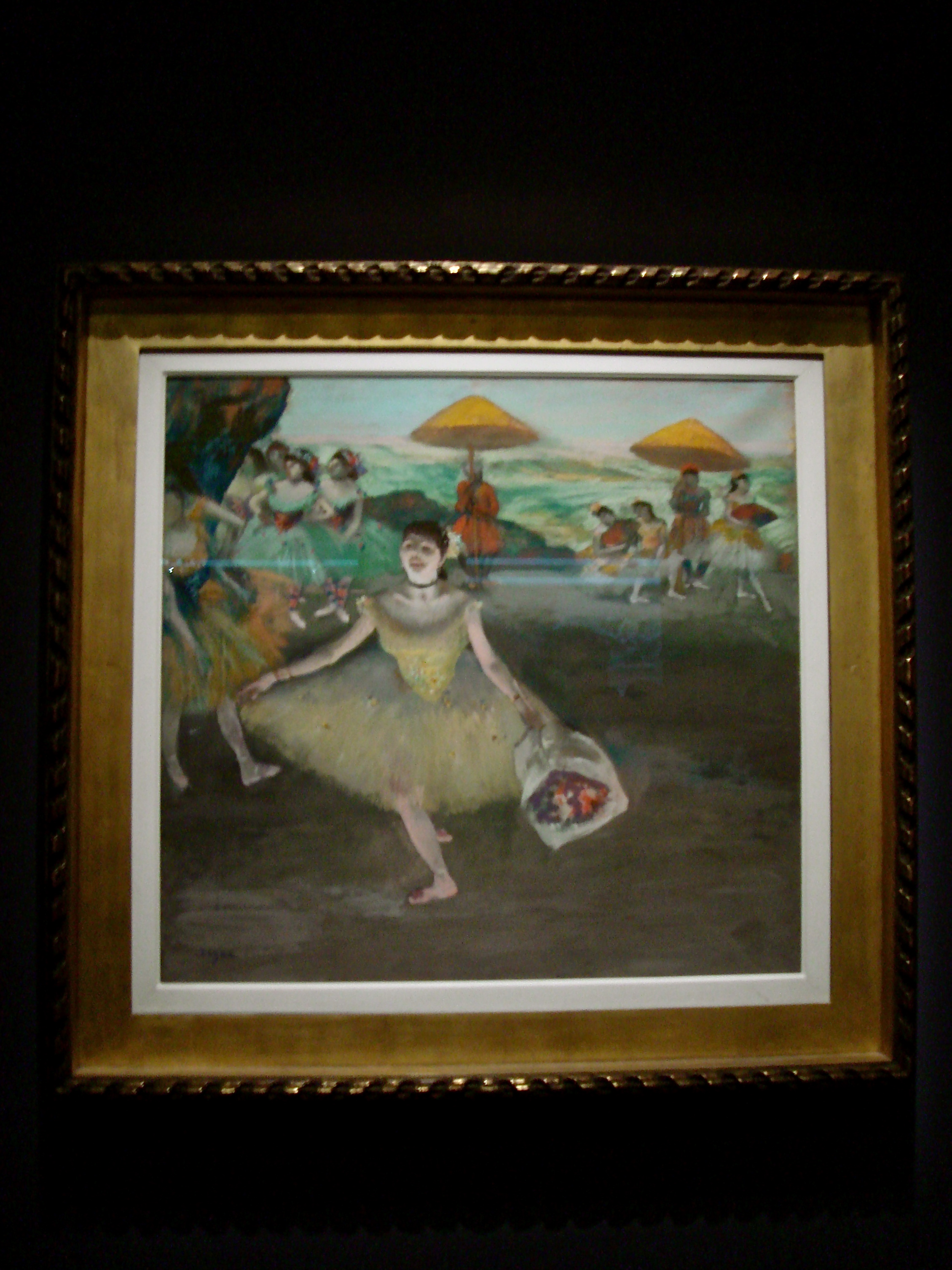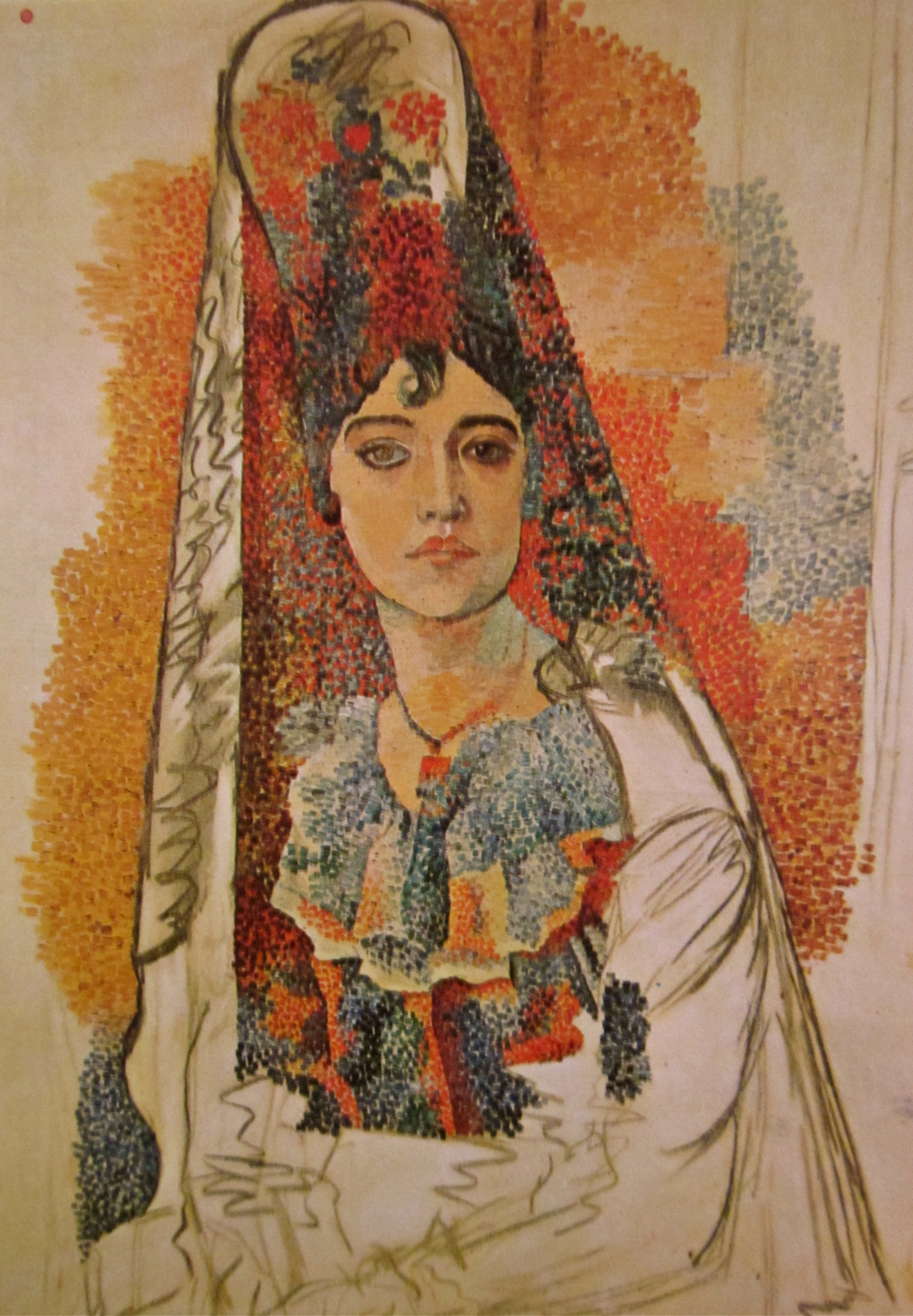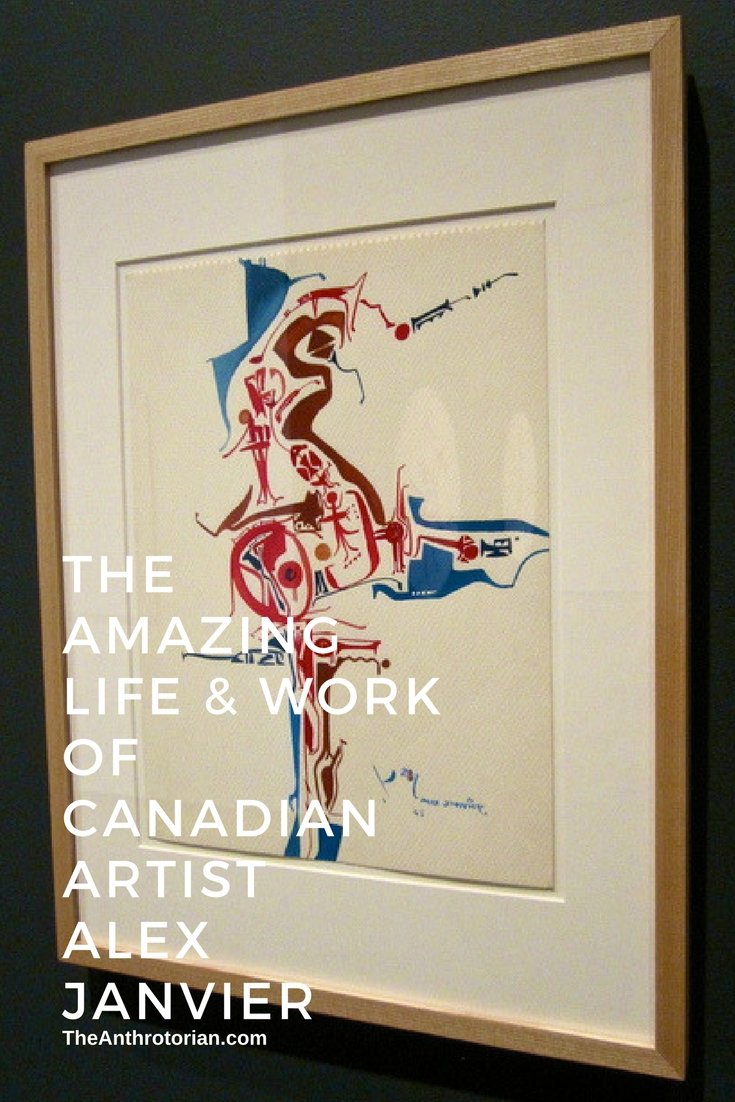In April of 1874, a group of 30 French artists (including Degas, Monet, and Renoir) agreed not to submit anything to the annual Salon exhibition and to create their own exhibit together in Paris.
In France at the time, the French Academy had complete control over the display of art and artistic standards and until 1874 the Salon had been the only place to show art that would garner any respect or influence.
The French Academy had strict standards on what was considered ‘art’ and rejected works that weren’t done in classical or approved styles (portraits of famous historical figures, biblical stories etc...). The work of artists like Degas, Monet and Renoir had been rejected by the Salon numerous times because, to them, it looked unfinished and haphazard.
The exhibition outside of the Salon, called the Corporation of Artists Painters, Sculptors, Engravers, etc., was a declaration of independence from the academy and was the beginning of the end of the Salon’s hold over the French art world.
At this first exhibition, a writer from a comic journal took the title of one of Monet’s paintings, Impression, Sunrise (1873) and dubbed the entire exhibition “impressionist”. The artists were thrilled with the label because it represented how they captured an instantaneous impression of a scene from nature in their art.
At that moment, Impressionism was born, and Monet, Degas, and Renoir would go down in history as famous art revolutionaries.
Related Posts

















